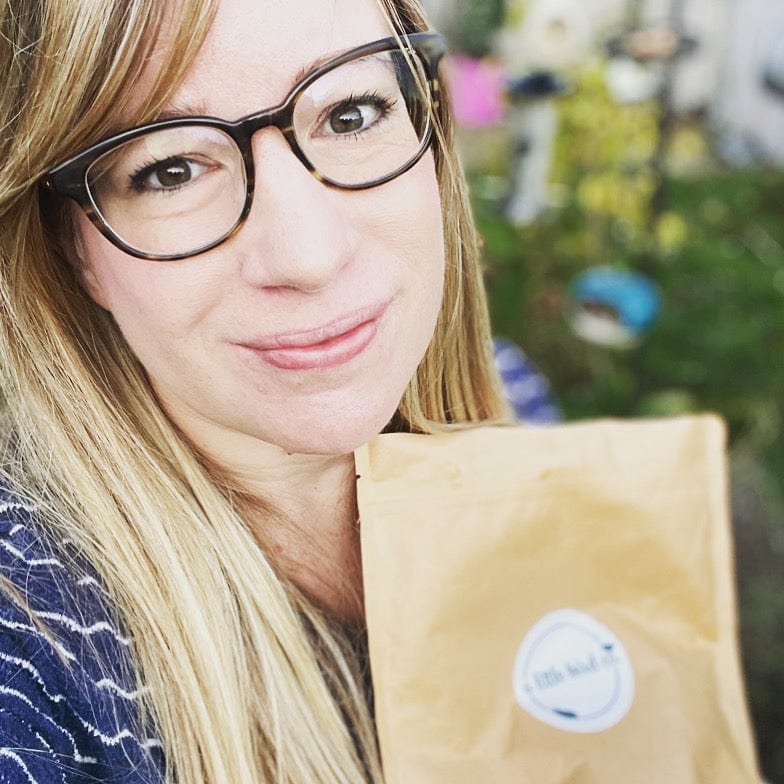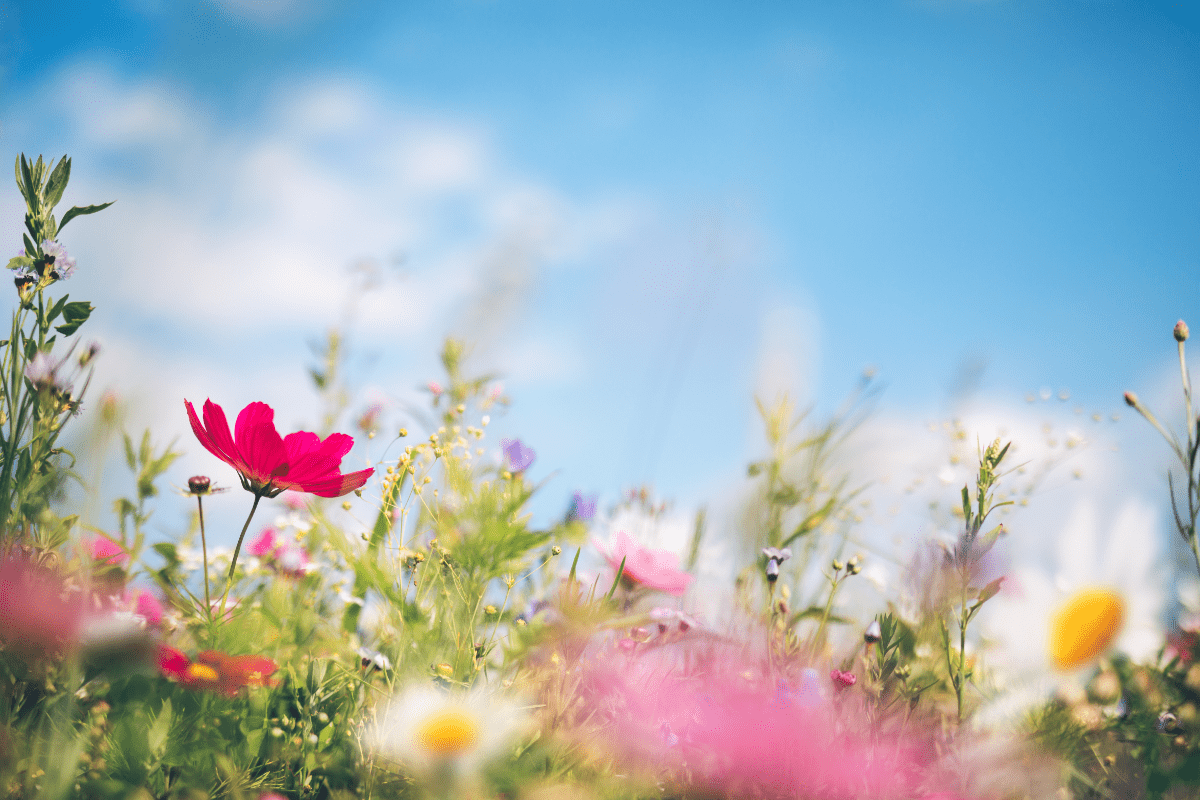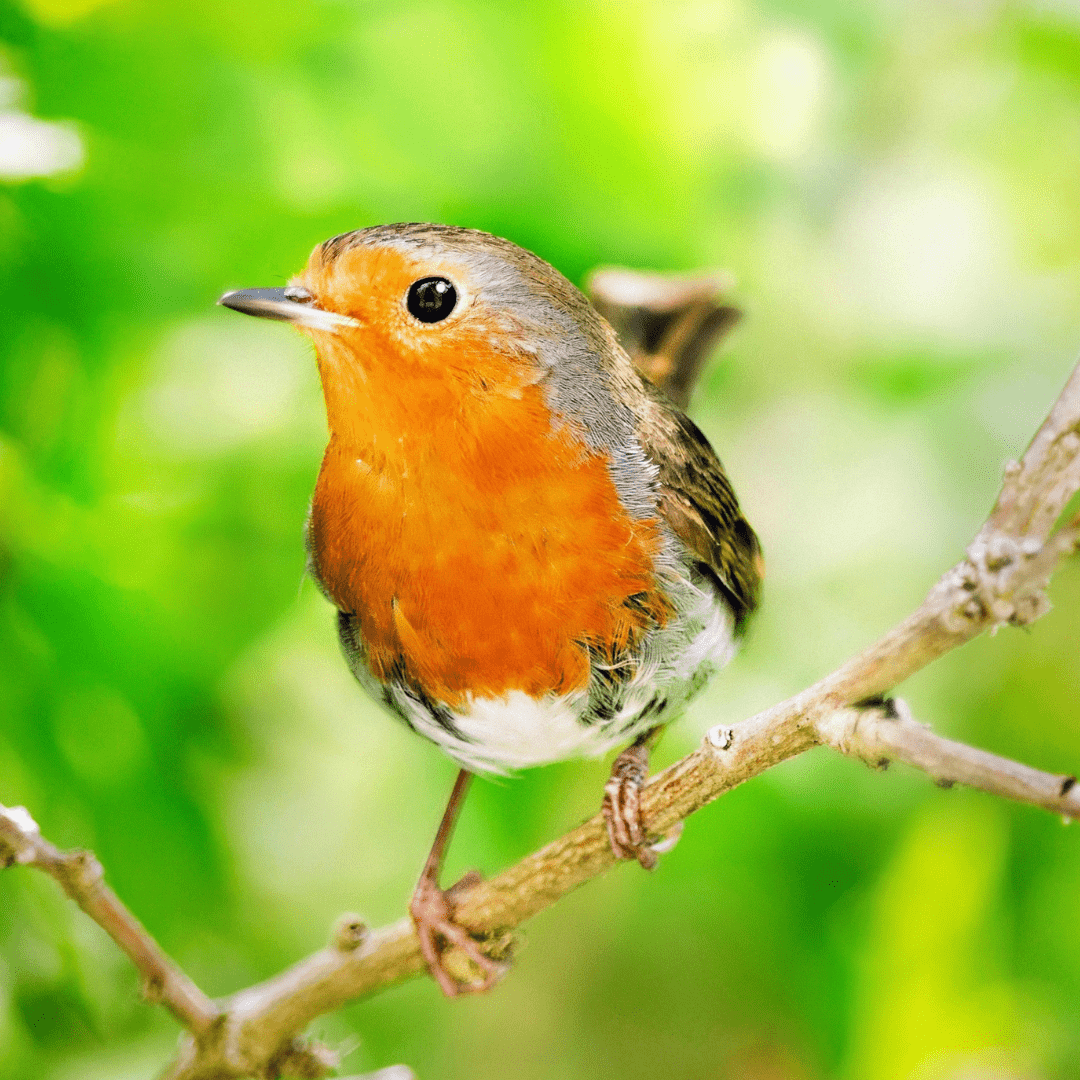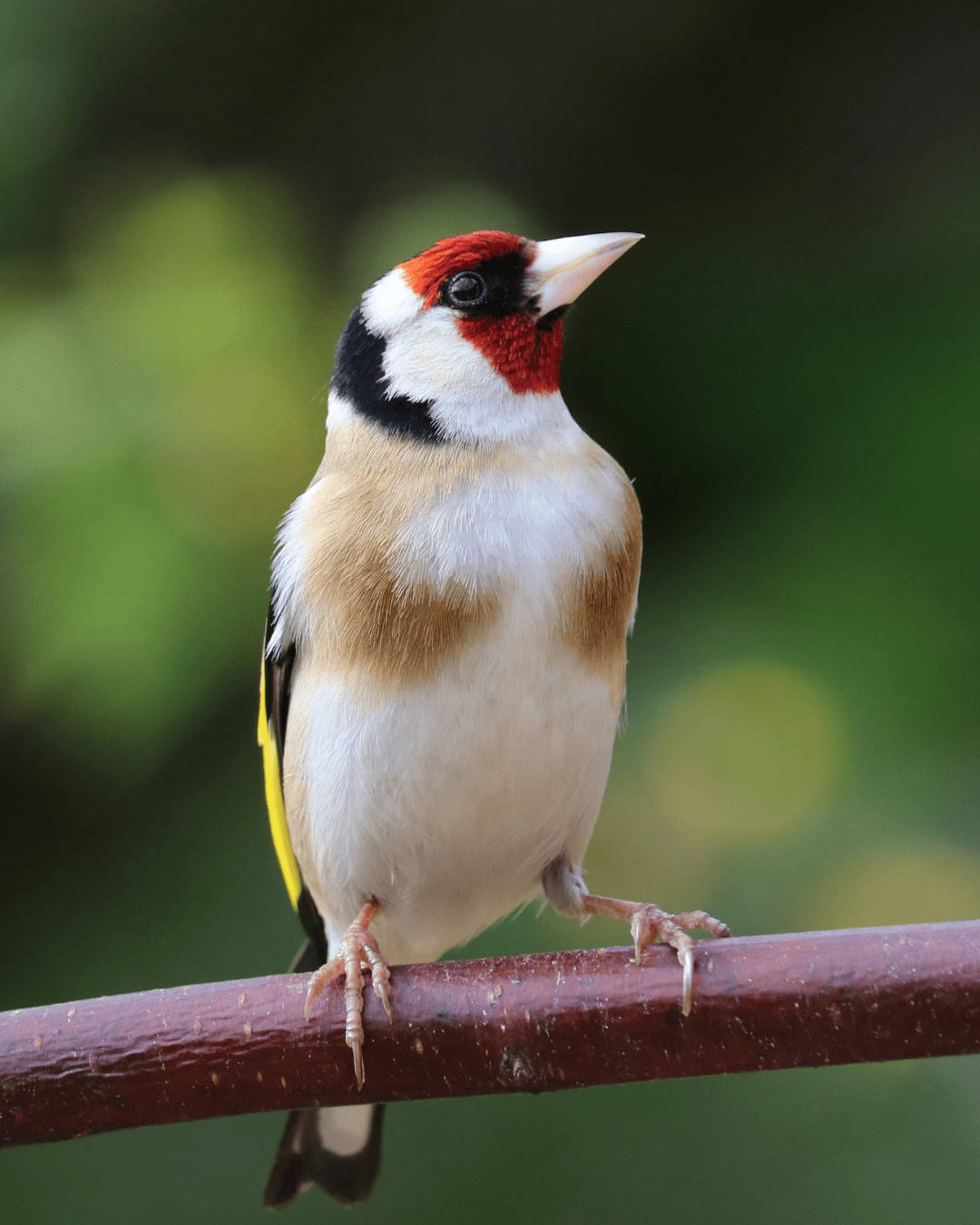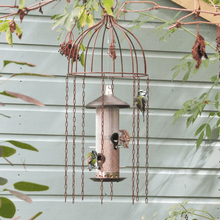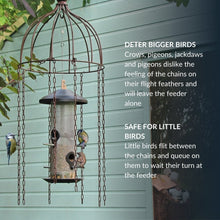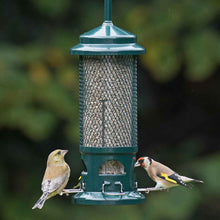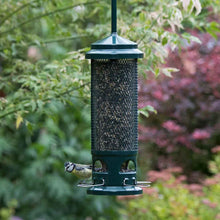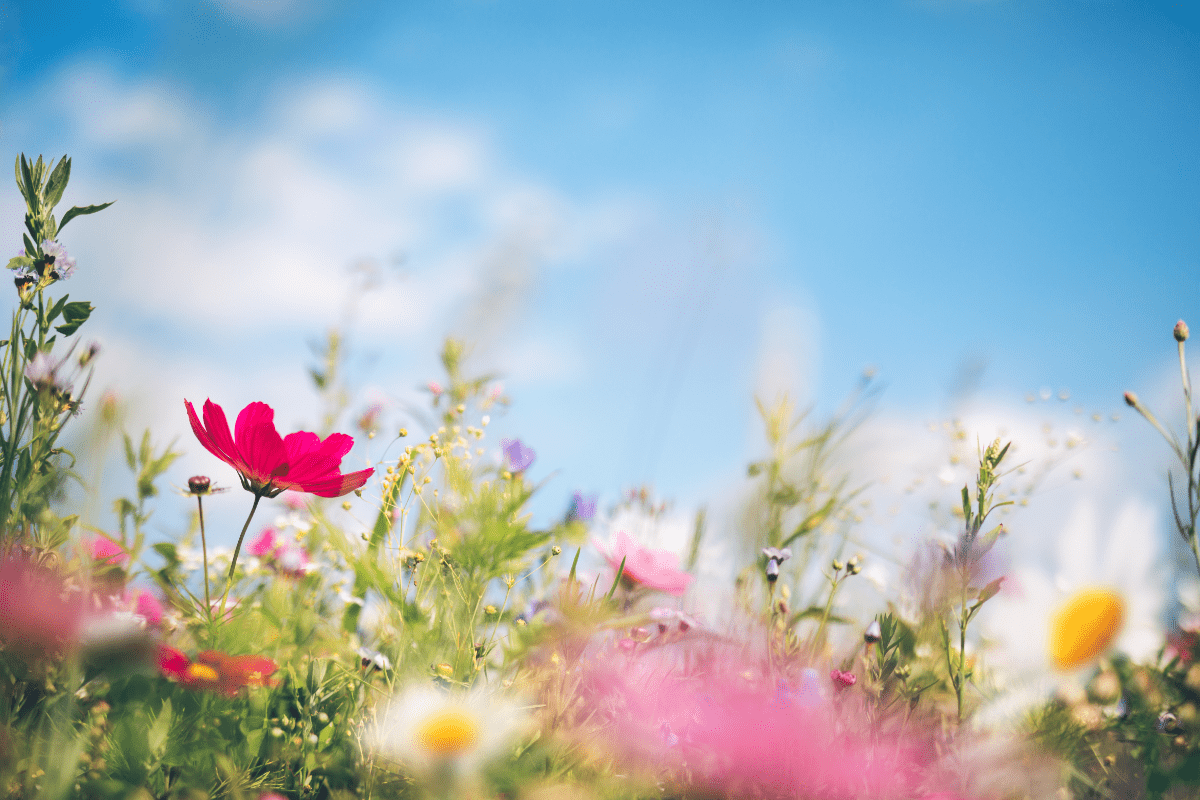Birds to look out for this Autumn and Winter

We all know about the swallows and swifts that come to us during the summer, but did you know we have a troop of winter visitors in the UK too? Most of the birds who come and see us in the colder weather come to overwinter from climates that our colder than our own, including Scandinavia and the Arctic, and some birds we see all year round (including blackbirds and starlings) are actually winter migrants to our shores.
A regular supply of bird food which is topped up little and often, plus a bird bath filed with fresh water when the ground is frozen are two great ways to support our winter visitors and could be the help they need to return to their summer homes in springtime.
Next time you're on a nature walk, see if you can spot some of our winter visitors - I would love to see photos!
Redwing
Redwings visit us from Scandinavia, Iceland and Russia from September onwards. You can hear their "seep" call overhead as they fly into us in loose flocks. When the ground is frozen, redwings venture into our gardens to enjoy food from our bird feeders.
Brambling
Bramblings can be seen on our shores from mid-September and flock in the thousands along with chaffinches (you can tell them apart by the brambling's white tummy. They come to us from Siberia and Scandinavia and love to eat seeds and fruit, so you might be lucky enough to spot one at your feeders this winter.
Waxwing
We don't see waxwings every year, so it's always a treat when they come over. These exotic looking birds spend their summers in Scandinavia and only come to us when population numbers have rocketed, leaving food supplies scarce. They enjoy rowan and hawthorn berries and rosehips.
Fieldfare
Fieldfares join us from their Scandinavian summer breeding grounds and fit right in with our resident thrushes. They flock in thousands and mainly feed in hedgerows and countryside, but will come into our gardens to eat fallen apples or search for seeds in very cold weather.
To learn more about bird migration (a genuinely fascinating topic), take a look at my blog Which birds migrate and why.

